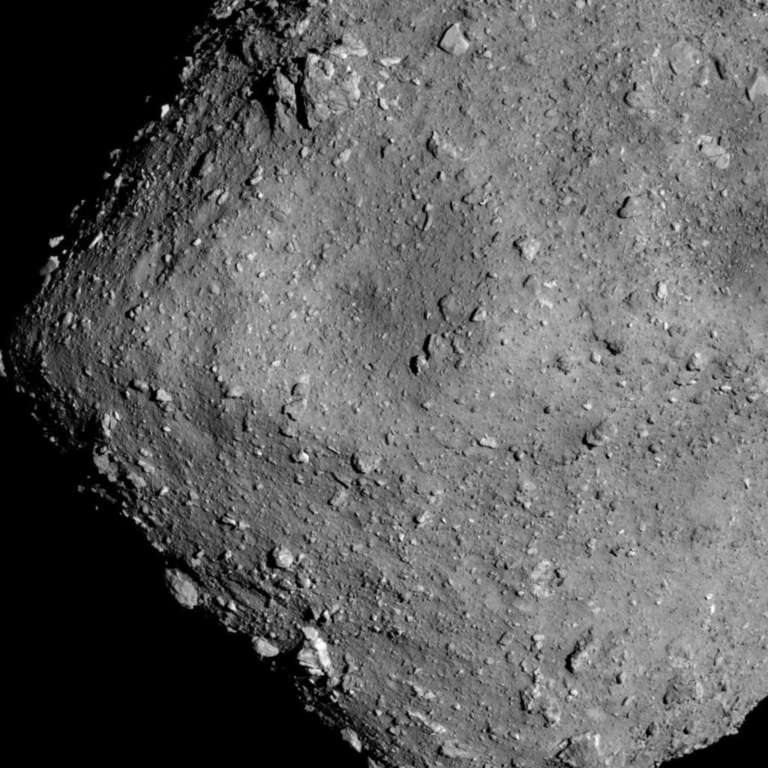Emily Lakdawalla • Jul 25, 2018
Hayabusa2 descends from Home Position to take its first close look at Ryugu

Hayabusa2 arrived at Ryugu on June 27, maintaining a standoff distance of 20 kilometers for its initial surveys of the kilometer-sized asteroid and its shape. They call the 20-kilometer standoff distance "Home position," and have established confidence in their ability to hold stably at that position.
With home base -- also known as the "Box A" position -- established, the spacecraft can now take two kinds of excursions. Taking the asteroid as being "down" from Hayabusa2 (that is, in the -Z direction)*, the spacecraft can now venture to all sides of Home position, 10 kilometers in the X or Y directions. Hayabusa2 will be able to view the asteroid from different angles and under different lighting conditions. Hayabusa2 navigators refer to this region, 10 kilometers in X and Y directions, as "Box B."
Another maneuvering zone contains Box A and allows Hayabusa2 to descend to within 5 kilometers of the asteroid's surface. This is called "Box C." Hayabusa2 left Box A for the first time on July 17, arrived at the bottom of Box C on July 20, spent a day there, and returned to Home position in Box A on July 25. The images that Hayabusa2 took from the bottom of Box C reveal meter-sized boulders and will help the team begin to select potential landing sites.
---------
* What defines the precise "down" direction for Hayabusa2, though? I had initially assumed that "down" was "away from the Sun," but this is NOT true. The Hayabusa2 team actually defines "down" as "away from Earth," which makes sense as a coordinate system when your mission's biggest challenge is navigating precisely around a low-gravity object. From two-way light-time measurements, the navigators can very precisely track Hayabusa2's change in distance with respect to the asteroid.
Support our core enterprises
Your support powers our mission to explore worlds, find life, and defend Earth. You make all the difference when you make a gift. Give today!
Donate

 Explore Worlds
Explore Worlds Find Life
Find Life Defend Earth
Defend Earth

